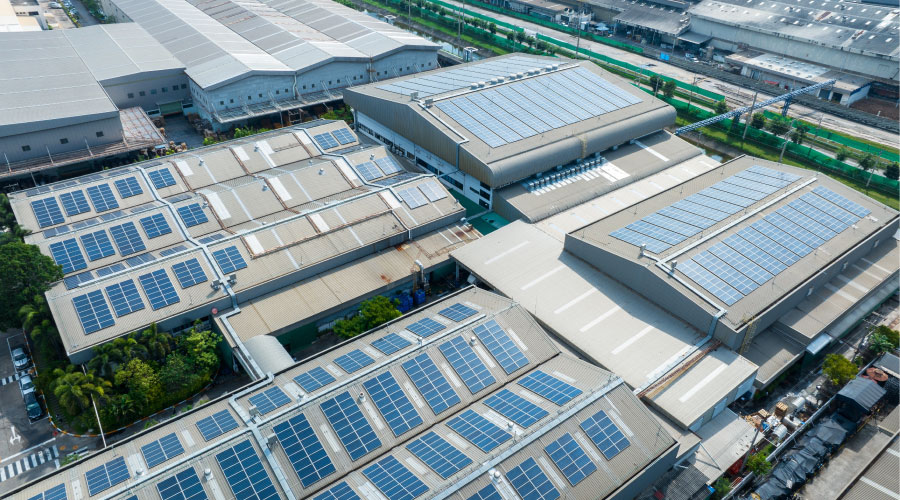A Holiday Tale
 Over the past few years, the street I live on has become a yuletide energy hog. An extra strand of porch lights here, another tree lit up there — all these tiny lights burning through the night help raise the winter demand for electricity.
Over the past few years, the street I live on has become a yuletide energy hog. An extra strand of porch lights here, another tree lit up there — all these tiny lights burning through the night help raise the winter demand for electricity.
Last year, I decided to put a timer with a photocell on our holiday lights. We set the timer so that the lights went on at dusk and stayed on for five hours. That certainly seemed more energy-efficient than letting the lights stay on all night.
Of course, energy efficiency wasn’t the real reason for buying the timer. The real reason: it was easier than turning the lights on and off myself. But knowing I had a timer and photocell made me feel I was being energy efficient.
Not quite.
It didn’t take a submeter to show me that I hadn’t cut a penny from the amount I was spending on holiday lights. In fact, I’m quite sure I spent more. In years past, I turned the lights on when I remembered; there were more than a few days when the lights never went on. And I always turned them off before I went to sleep. Now the lights went on every day. And there were some nights when I went to sleep before the lights went out.
So was the photocell a failure? No. It did what it was supposed to do. It was turning lights on and off. It’s just that I really wasn’t using it to save electricity — even if I wanted to think that I was.
The moral? Building technology can do many things. But technology isn’t the starting point. A careful assessment of needs comes first.
Related Topics:








 Over the past few years, the street I live on has become a yuletide energy hog. An extra strand of porch lights here, another tree lit up there — all these tiny lights burning through the night help raise the winter demand for electricity.
Over the past few years, the street I live on has become a yuletide energy hog. An extra strand of porch lights here, another tree lit up there — all these tiny lights burning through the night help raise the winter demand for electricity.



